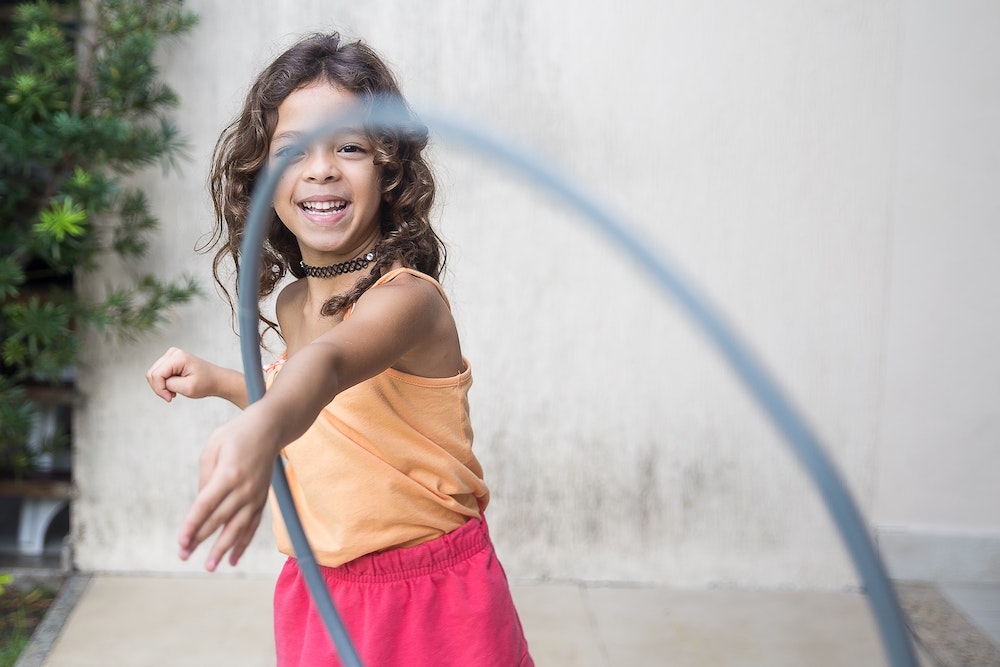
How many extracurricular activities are too many? These 8 ideas can help you find the answer.
Story by Stephanie Wijkstrom, founder of the Counseling and Wellness Center of Pittsburgh. Photo above by Elisabeth Wales via Unsplash.
Every good parent knows that providing an enriching environment lays the foundation for future success… or does it? From summer camp to instrument lessons and after-school programs, how many extracurricular activities are too many? And where do parents’ good intentions bleed into something less helpful and even have the unintentional consequence of creating a stressful and anxiety-ridden environment for children?
These four approaches can help families answer these questions:
Listen to your kids — and teach your kids to listen to themselves. Helping your child to understand and respond to their own emotional cues might be more impactful for their future well-being than mastering their tennis swing or perfecting their smooth violin strokes.
Notice physical symptoms. Does your child have a lot of tummy aches or headaches, or have excuses when it is time to practice? According to the Centers for Disease Control, these things can be related to anxiety. If you notice these patterns in your child, it might be time to have a discussion with your child about whether they want to continue to participate in this activity any longer. The child might want to try a different variation that doesn’t stress outcome or skill.

Look at your child’s overall schedule. Does the child have time to just be? “Just be” means having free time that is not structured. Overscheduled children also have overscheduled families — this is a form of performance-based obsessiveness being passed between generations. Does your child have time to themselves every day? Do you have time together to be a family, and to eat meals together? Do you have time for conversations or are your moments spent shuffling from one activity to another, eating in the car then heading to bed when you get home?
Hear what your child says about a given activity. Has your child verbalized that they don’t want to participate in a certain activity? Has this been a source of conflict between you? Many parents who want what’s best for their child insist that they should stick it out and encourage them to continue with the sport, activity or instrument. The fine art of parenting is to know what is healthy stick-to-itiveness versus what is pushing past a child’s boundaries or neglecting their emotional needs.

What can parents do when extracurricular activities cause a child anxiety? These four moves can help:
Choose free play, as opposed to goal-oriented play activities. Goal-oriented activities can help a child develop certain skills. But when those skills are scrutinized by parents, coaches or teachers, it can lead to self-esteem issues, stress and anxiety. This is especially true around the age of 12, when kids start to compare themselves to their peers in the formation of identity and self-concept.
Choose a healthy maximum. Children should not have activities every day of the week. Many people agree that three is a good maximum. If a child is at that maximum and wants to add a new activity, then ensure that they drop one.
Build in space for downtime. If you are going to be organized around a schedule, ensure that the schedule includes downtime for the child and family time (at least 20 minutes every day) to play a game, sit and talk, draw or paint together.
Talk without planning. When you are enjoying downtime, don’t make it another journey to a destination. Don’t ask what they need to do today or tomorrow and pull your children back into planning and coordinating. Instead, ask creative questions — things like: If you were any animal which would you be? What do you think will make you happy in five years? Who is your favorite friend right now? What do you dream about at night?
Good behavior starts from the top down. Let your kids see you practicing the art of doing nothing and enjoying it!
Check out KDKA’s coverage of this important issue:







